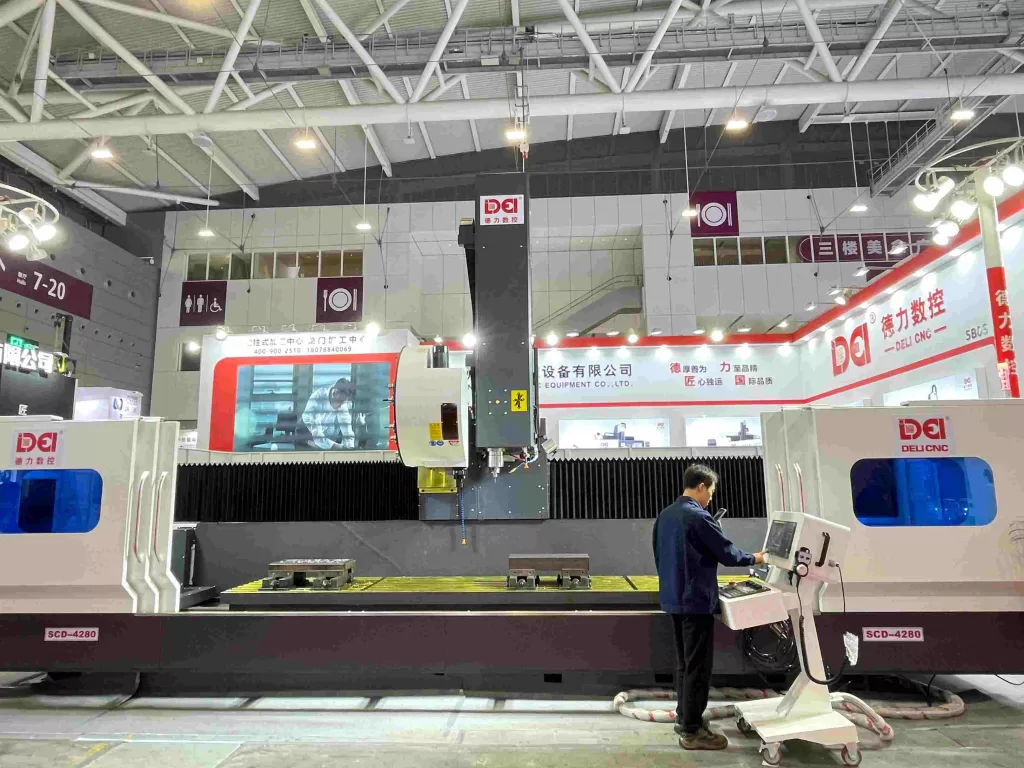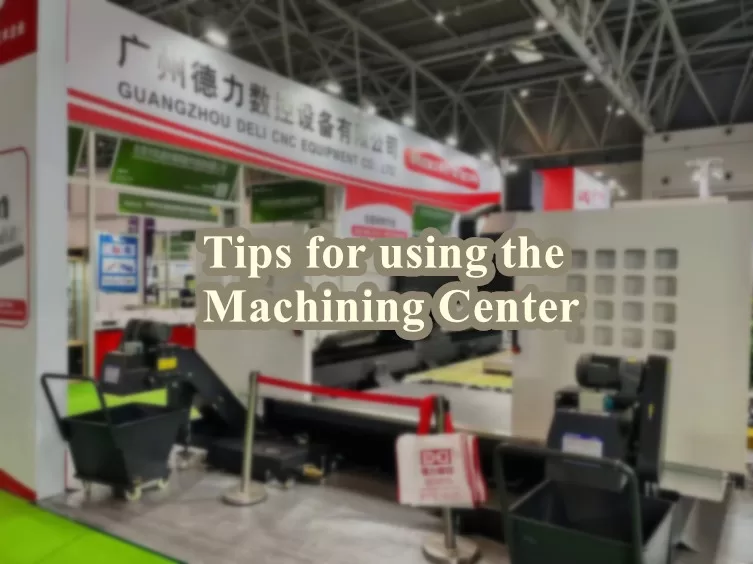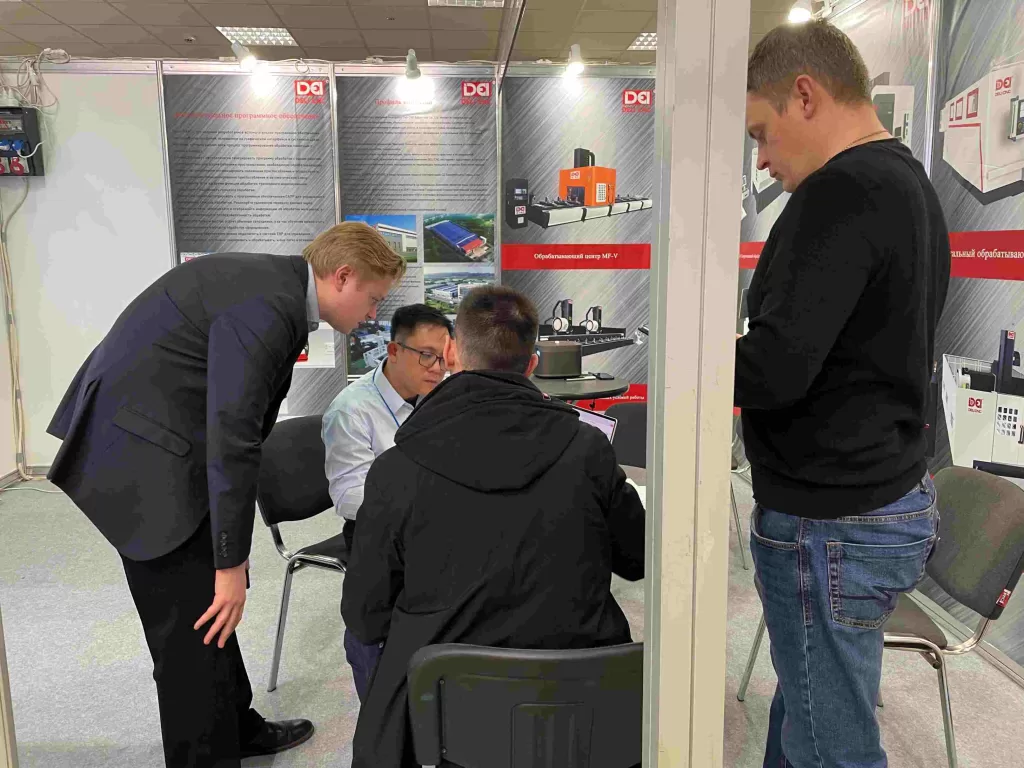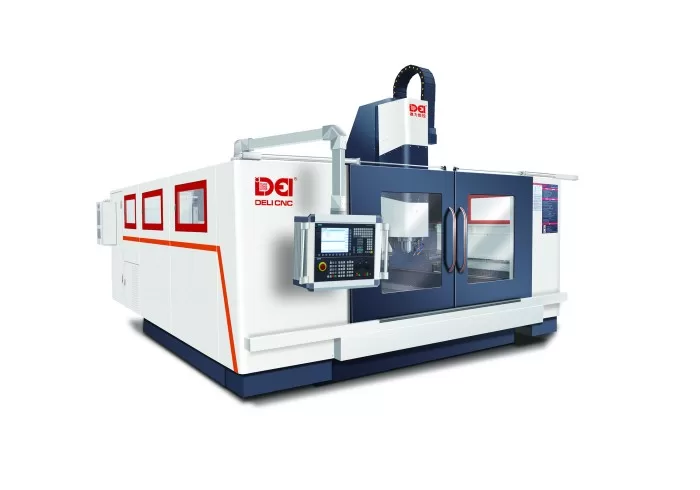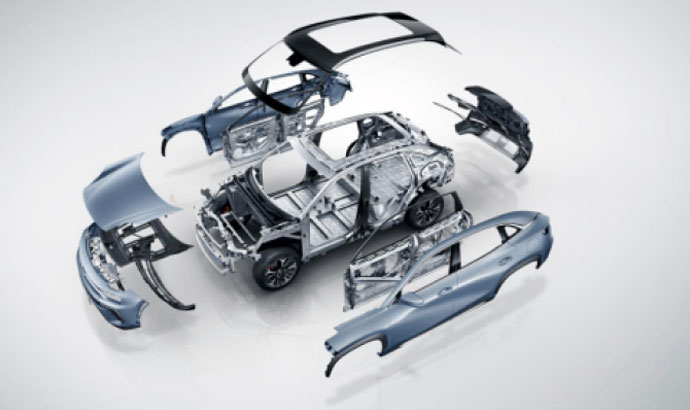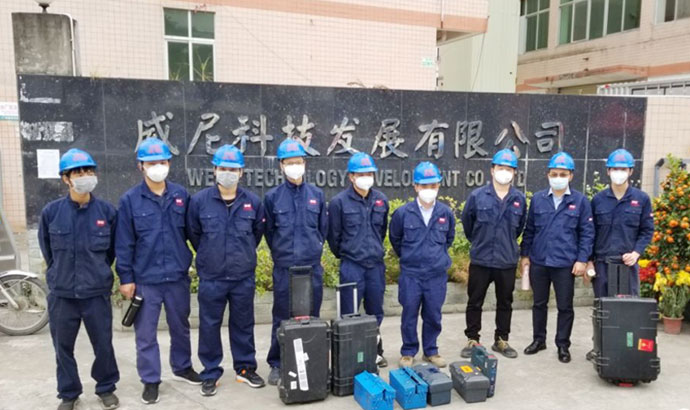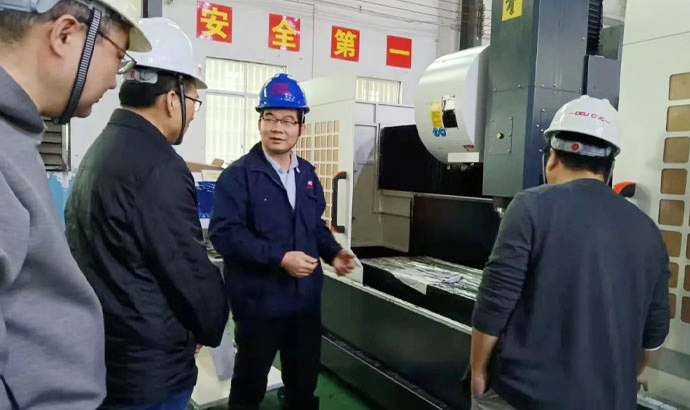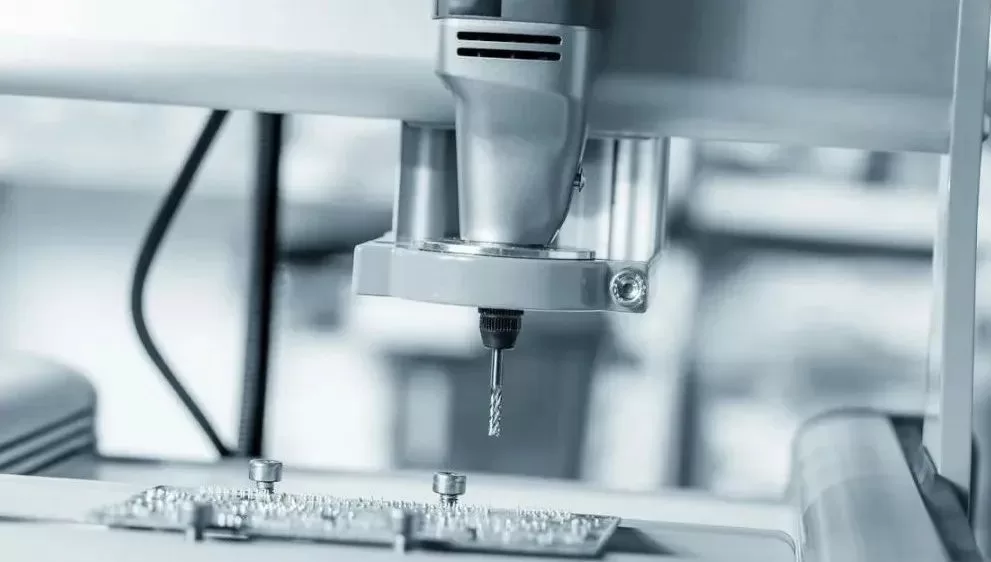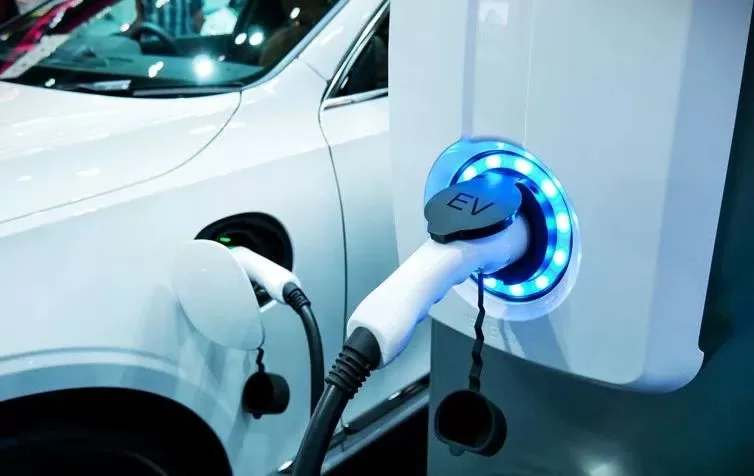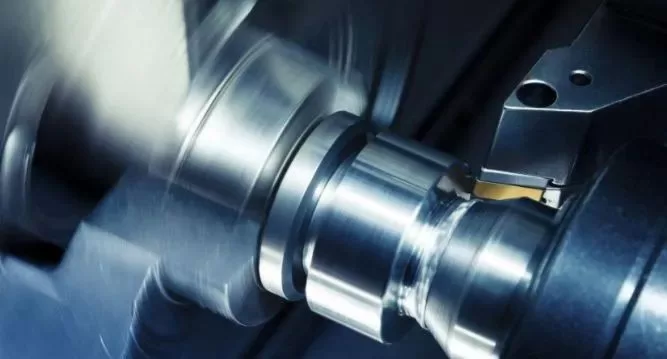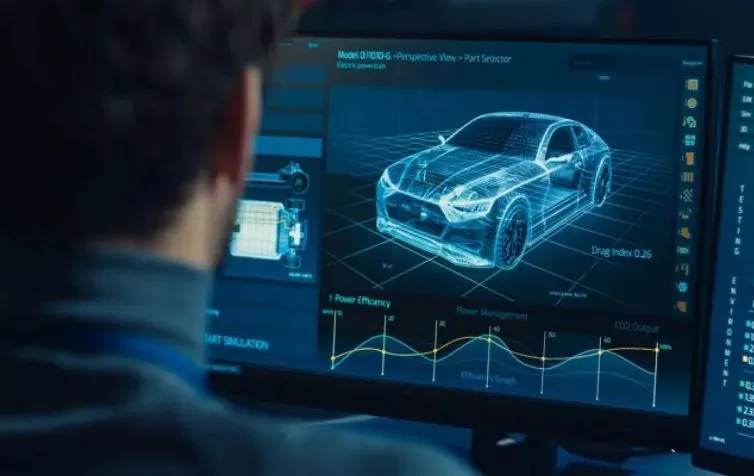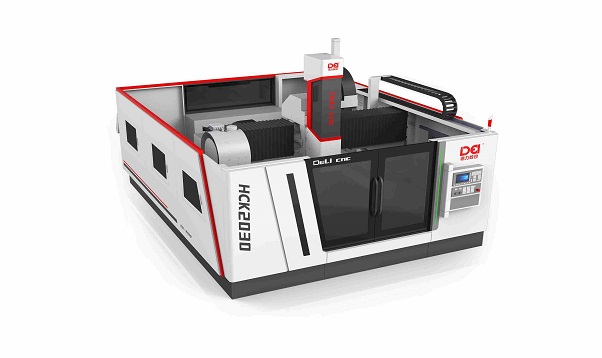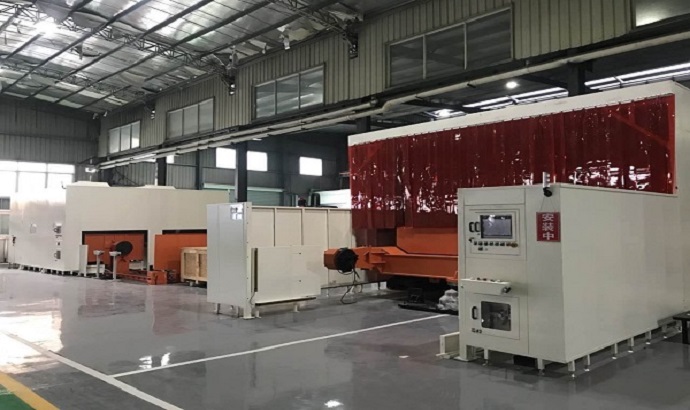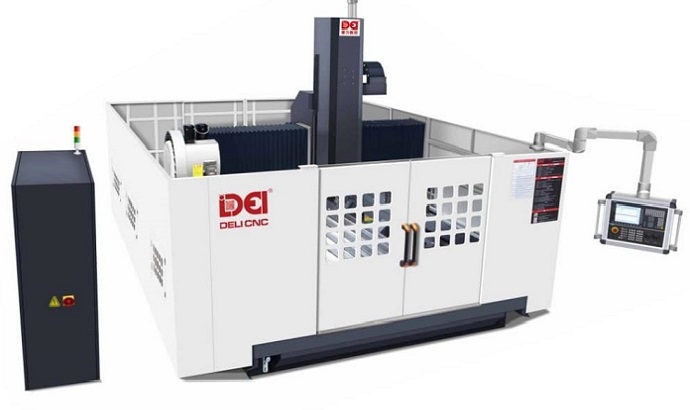Tips for using the Machining Center(2)
How does the machining center produce and process easily deformable parts?
Parts with lighter mass, poor rigidity, and weak strength are easily deformed by stress and heat during processing, and the processing scrap rate is high, resulting in a significant increase in costs. For such parts, we must first understand the causes of deformation:
Deformation due to force:
The walls of such parts are thin, and under the action of clamping force, they are prone to uneven thickness during processing and cutting. The elasticity is poor, and the shape of the parts is difficult to recover on its own.
Deformation due to heat:
The workpiece is light and thin, and the radial force during the cutting process will cause thermal deformation of the workpiece, resulting in inaccurate dimensions of the workpiece.
Vibration deformation:
Under the action of radial cutting force, parts are prone to vibration and deformation, which affects the dimensional accuracy, shape, position accuracy and surface roughness of the workpiece.
Processing methods for easily deformed parts:
For easily deformed parts represented by thin-walled parts, high-speed machining with small feed amount and high cutting speed can be used to reduce the cutting force on the workpiece during processing, and at the same time, most of the cutting heat is flown away from the workpiece by chips at high speed. Take it away, thereby lowering the temperature of the workpiece and reducing the thermal deformation of the workpiece.
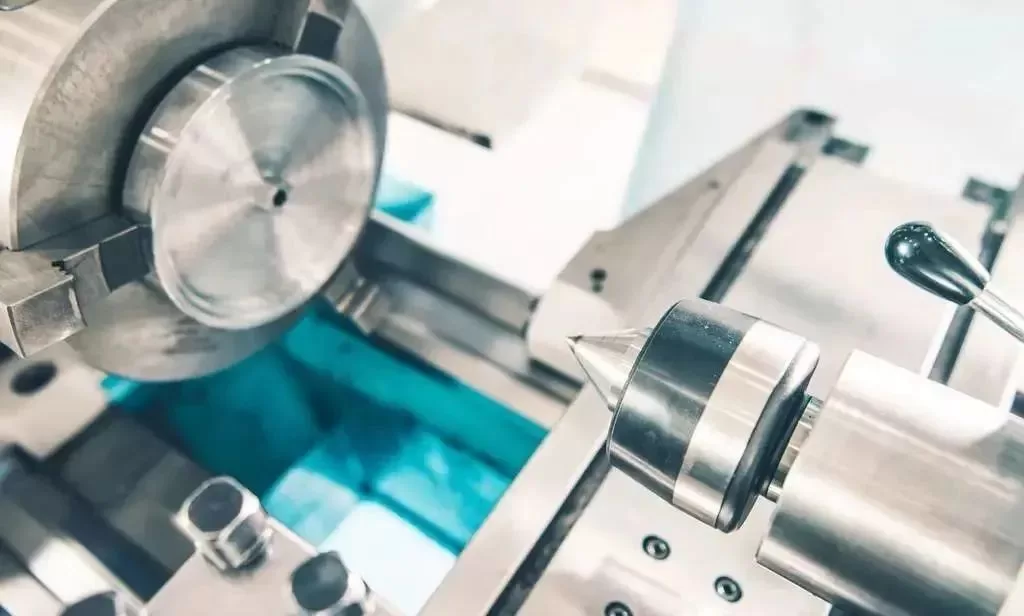
Why do machining center tools need to be passivated?
The faster the CNC tool is, the better. Why do we need to passivate it? In fact, tool passivation is not what everyone understands literally, but a way to increase the service life of the tool. Improve tool quality through processes such as smoothing, polishing, and deburring. This is actually a normal process after the tool is finely ground and before coating.
The tool will be sharpened with a grinding wheel before it is finished, but the sharpening process will cause microscopic chips of varying degrees. While the machining center is performing high-speed cutting, microscopic gaps will easily expand, accelerating tool wear and damage. Modern cutting technology has strict requirements on the stability and precision of cutting tools. Therefore, CNC cutting tools must pass the passivation treatment of the cutting edge before coating to ensure the firmness and service life of the coating. The benefits of tool passivation are:
- Resist physical wear of tools
During the cutting process, the tool surface will be gradually worn away by the workpiece, and the cutting edge is also prone to plastic deformation under high temperature and high pressure during the cutting process. The passivation treatment of cutting tools can help improve the rigidity of cutting tools and avoid premature loss of cutting performance. - Maintain the smoothness of the workpiece
Burrs on the cutting edge of the tool will cause tool wear and the surface of the workpiece will become rough. After passivation treatment, the cutting edge of the tool will become very smooth, chipping will be reduced accordingly, and the surface finish of the workpiece will also be improved. - Convenient chip removal from grooves
Polishing the tool grooves can improve surface quality and chip evacuation performance. The flatter and smoother the groove surface, the better the chip evacuation, and more consistent cutting can be achieved. After passivation and polishing of the CNC tools in the machining center, many small holes will be left on the surface. These small holes can absorb more cutting fluid during processing, greatly reducing the heat generated during cutting and greatly improving the efficiency of cutting. speed.
-
28-11-2023Deli CNC appeared at DMP Greater Bay Area Industrial Expo
-
20-11-2023Tips for using the Machining Center(3)
-
14-11-2023Tips for using the Machining Center(2)
-
08-11-2023Tips for using the Machining Center : How to set the tool in the machining center?
-
27-10-2023DELI CNC in the TECHNOFORUM & RUSWELD 2023
-
25-10-2023Analysis of CNC machine tools
-
23-09-2022Deli CNC’s Role in New Energy Vehicle Manufacturing
-
23-09-2022Deli CNC Helps the Epidemic Production War! Increase Production Capacity of Masks
-
23-09-2022The Innovation Center Working Group Visited the Shareholder Company Deli CNC
-
23-09-2022Guangzhou Deli CNC, A Caring Enterprise of China’s Civil Construction, Donated Anti-epidemic Materials in Baiyun District
-
05-12-2023Metal processing industry in Automotive manufacturing
-
03-11-2023Prospects for the Metal processing industry in Automotive manufacturing
-
31-10-2023Industry Observation丨Many Chinese new energy vehicle industry chain companies have received capital investment from the Middle East
-
20-10-2023Explore new development trends in the Metal Processing industry
-
17-10-2023Enlightenment of changes in the automobile industry on the machine tool industry
-
06-03-2023How Does 5 Axis CNC Machining Technology Change Automobile And Aviation Manufacturing?
-
14-12-2022CNC Five-axis Machining Center Creates The High-end Tools Market
-
22-11-2022What Is CNC Machining Center Equipment ?
-
23-09-2022Deli CNC Warmly Welcomes the Exchange Group of Guangdong Door and Window Association to Visit and Exchange


